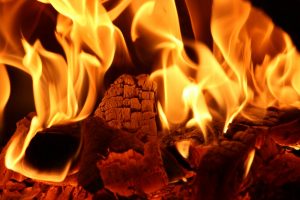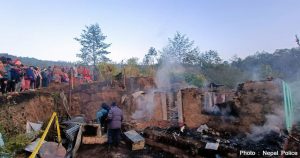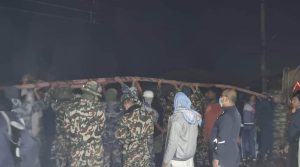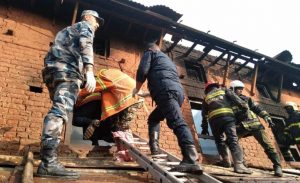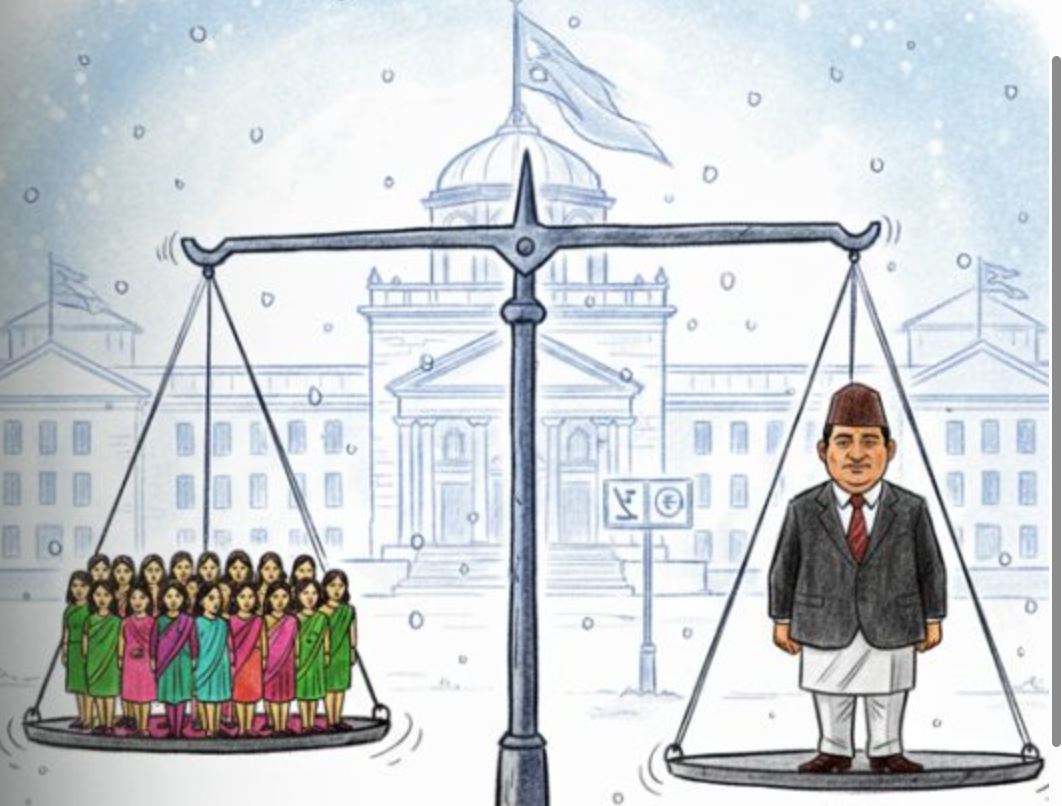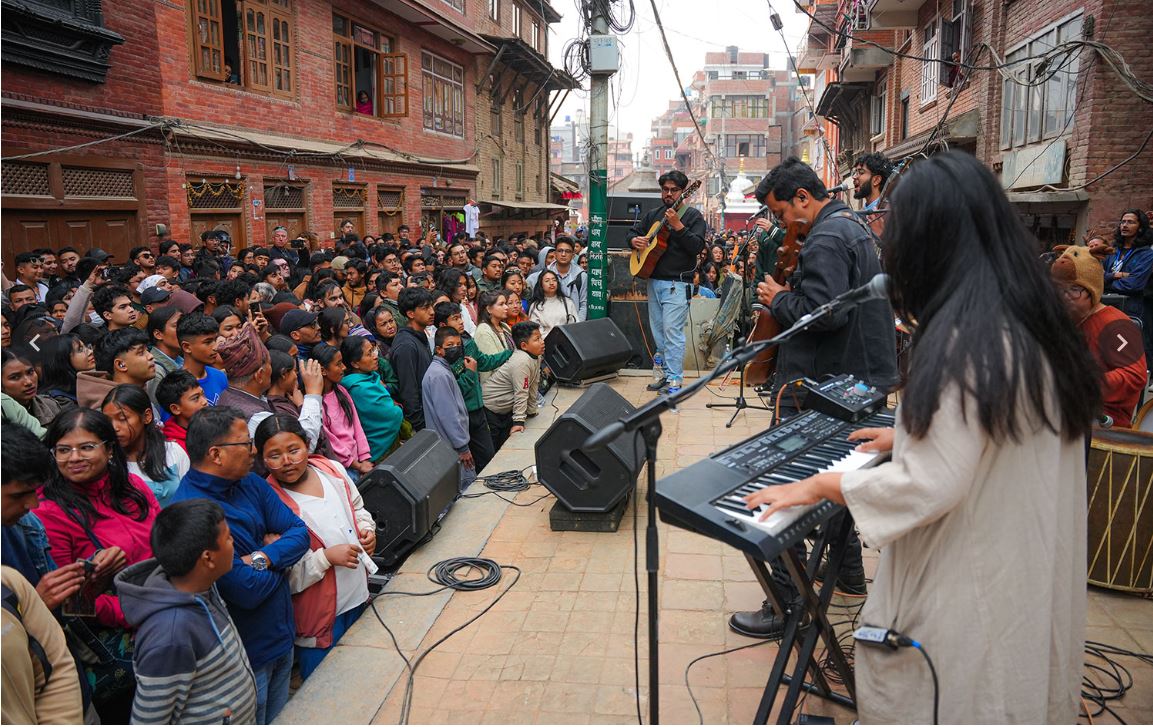A burn is tissue damage caused by heat, chemicals, electricity, sunlight, or nuclear radiation. According to a survey report published in 2015, burn is the third most common cause of injury in Nepal followed by fall injuries and road traffic accidents.
Most burns in Nepal are caused due to hot liquid and/or hot objects, and an open fire or explosion. In any type of burn to minimise its harms, it is very crucial to know the first aid treatment for burns.
Therefore, here, we list some first aid tips for treating burns:
For minor burns

This type of burn does not cause blisters on the skin but can make the skin darker or reddish.
- For such burns, first, one should make sure that the person burned is no more in contact with the source of burns. Then, one should hold the burned part under cool running water or apply a cloth soaked in cool water until the pain eases.
- After cooling, the burn should be treated according to the intensity of the burn. One should keep the burn wounds as clean as possible and protect them from dirt, dust mites, and other insects by covering the burn with a sterile gauze bandage.
- Once cooled, one can apply a moisturiser or lotion containing aloe vera. In this process, you should wash your hands thoroughly before cleaning the burn to prevent infection.
- In order to reduce pain, the person can take pain relievers.
For moderate burns
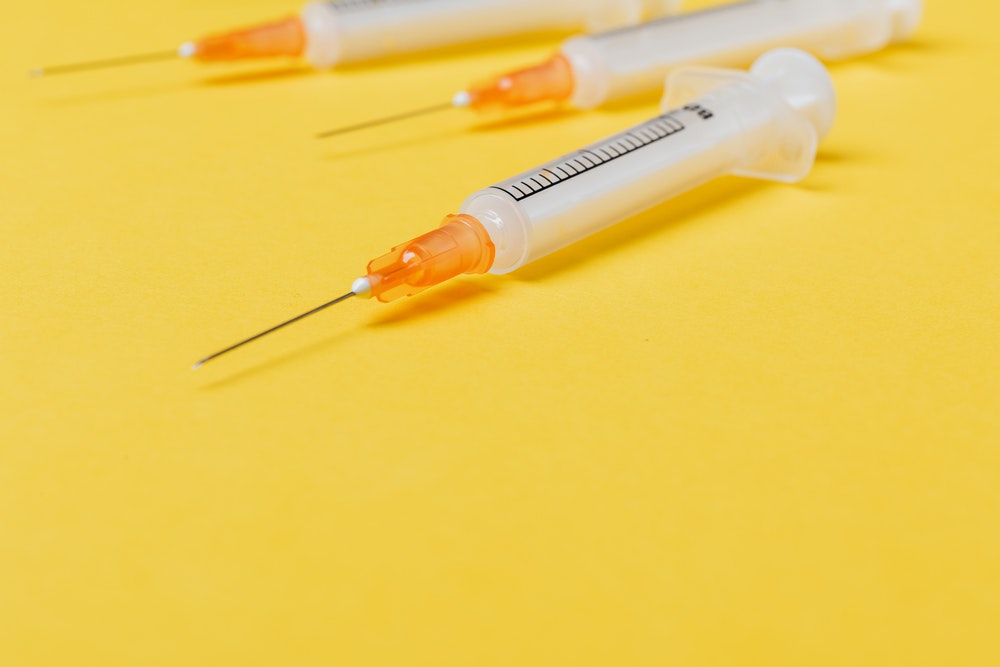
This level of burn causes blisters also.
- One should not break the fluid-filled blisters on the skin. Even sterilised needles or syringes should not be used to remove fluid from the blisters.
- If the blisters break themselves, the dead skin should be removed using sterilised scissors.
- Wounds should be cleaned with mild soap on a sterilised gauze or cotton or cloth. Hydrogen peroxide can also be used for cleaning. If the cloth sticks while trying to remove it from the wound, one should apply cool water (after boiling it).
- Only then, the cloth should be removed using another light cloth.
For major burns
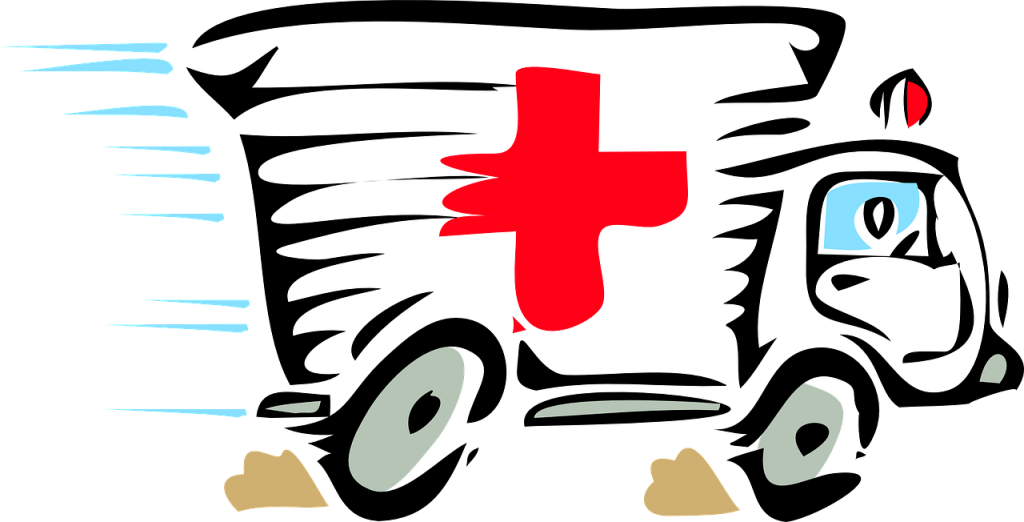
Major burns are very severe in nature. This type of burn can destroy the skin and even burn the flesh. The burn survivor should be taken immediately for treatment.
- Until one receives the treatment or while taking the person burnt for treatment, the wound should be disinfected and covered with a moist cloth or handkerchief.
- The water used to soak the cloth or handkerchief should be first boiled and then cooled. Also, any kind of accessories, be it pieces of jewellery or belts or any items should be immediately removed from the burned area.
- The patient should be given plenty of fluids.
- Also, large severe burns should not be immersed in water. It may cause hypothermia (loss of body heat).
- If possible, the burned area should be elevated above the heart level and the individual should be laid flat in order to prevent shock.





